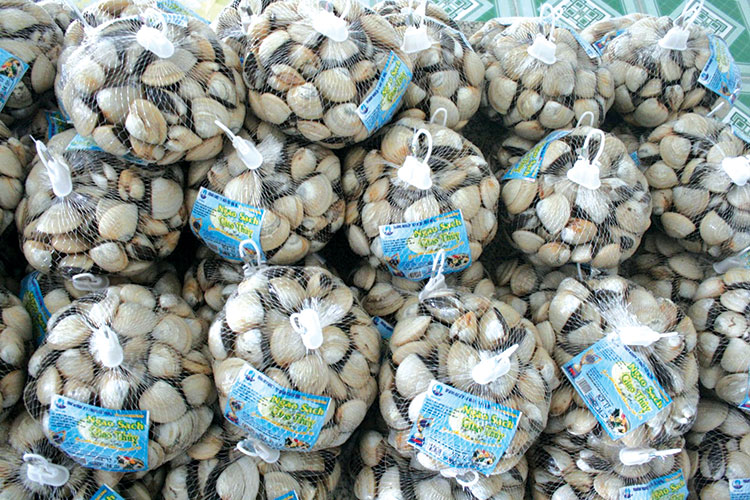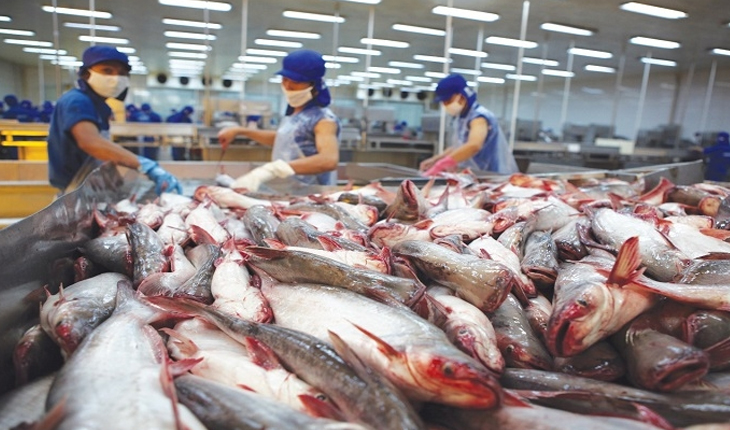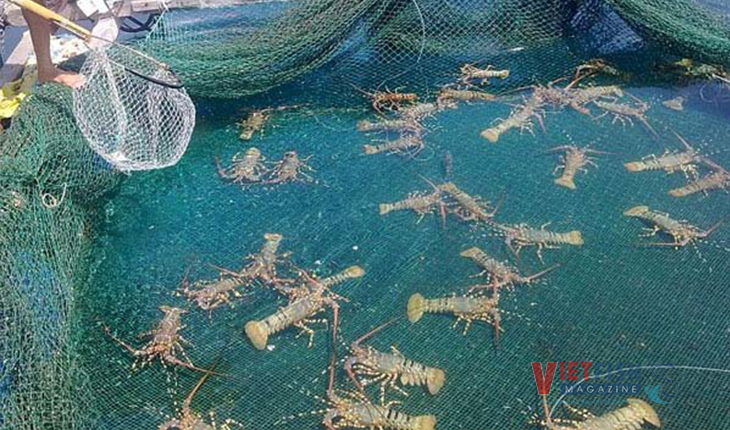Shrimp exports increase 16% in H1
In the first half of the year, Vietnamese shrimp exports grew by 15.7 % y-o-y, by generating USD 1.56 billion, according to VASEP.
During the first six month of the year, white shrimp exports increased by 20.4 %, to USD 955 million while black tiger shrimp dropped by 5.3 %, to USD 421 million.
The strong growth in this sector contributed to the total seafood export value of Vietnam in the first half of the year was estimated at USD 3.6 billion, representing a 14.6 % growth year on year.
Shrimp exports recorded a strong growth in the last three months as in the first quarter of 2017, domestic shrimp raw material resources fell sharply, while the price of raw materials increased, leading to a shortage of raw materials for businesses.
However, by the second quarter, the reduced supply of shrimp in some producing countries and in the main import markets created opportunities for Vietnamese shrimp to boost its export value in the first half of this year. In addition, Australia’s gradual easing of its ban on shrimp imports contributed to the high growth.
This was also a time when the domestic supply of raw materials significantly improved, with harvesting blooming and raw shrimp prices dropped slightly compared to the first months of the year. Export processing enterprises were not short of raw materials to serve the signed contracts.
According to businesses, in the first half of this year, shrimp exports have moved from the US to other markets with high demand and lower export costs, such as Japan, the European Union and the Republic of Korea. In the case of the Japanese market, thanks to the rise of the Japanese yen and increased demand for shrimp, along with improved quality of seafood processing enterprises in Vietnam, Japan has become the leading market for Vietnamese shrimp, replacing the US.
With such momentum of growth, VASEP forecasts that shrimp exports in the second half of this year are expected to continue increasing, especially when global demand will increase sharply during Christmas and New Year holiday.
However, the shrimp industry is facing many difficulties and challenges, especially increased barriers related to technical barriers in importing countries.
FIS






